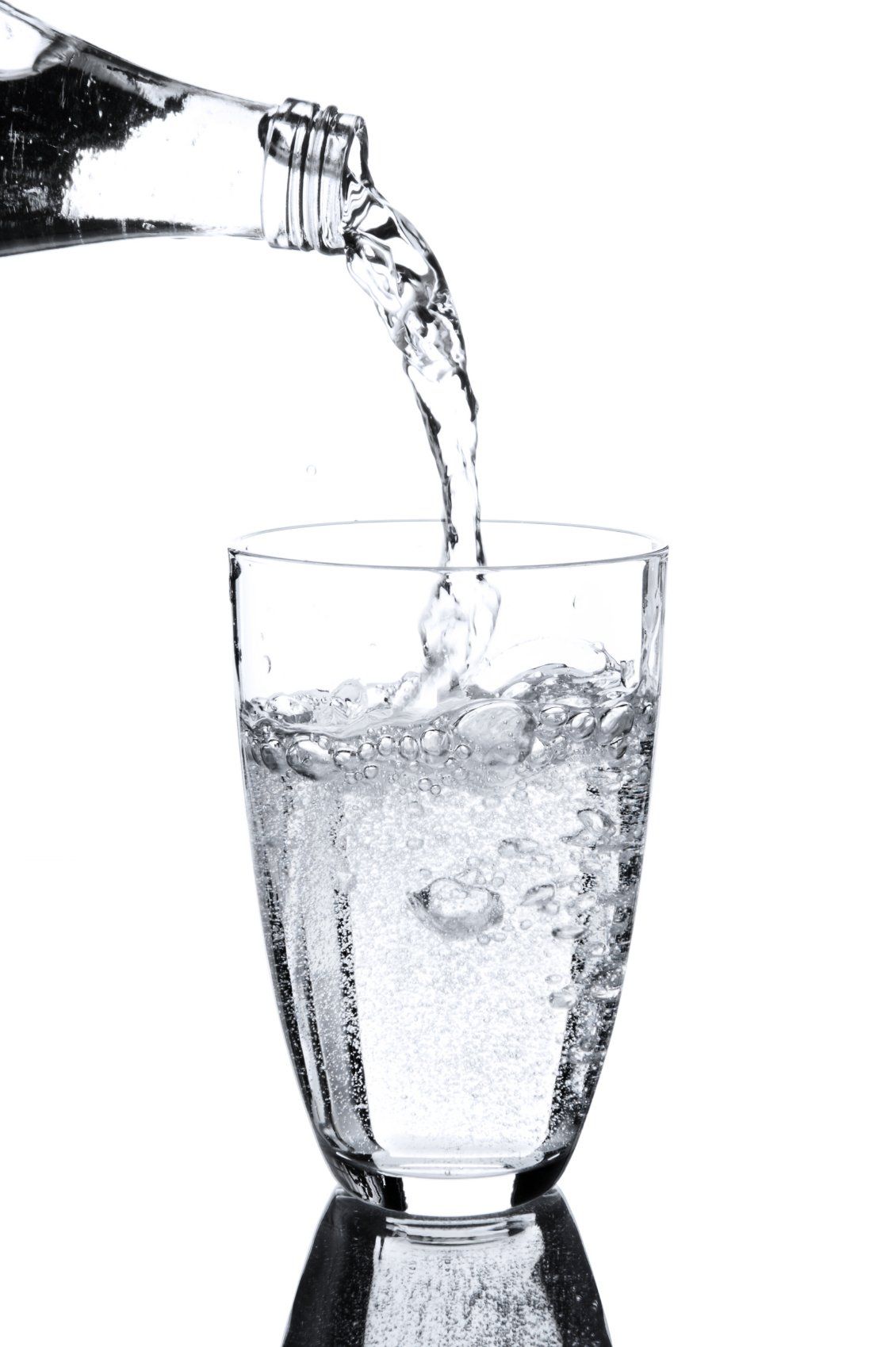Weight Loss techniques - Balance Your Blood Sugar Levels - Divide by 5
- by Joe Newbold
- •
- 12 Apr, 2018
- •

All food can be broken down into 3 different macro-nutrients – Carbohydrates, Proteins & Fats. Many people in Western society will consume approximately 60—70% of our food through carbohydrates (e.g. cereal/toast for breakfast, sandwiches for lunch, pasta/rice/potatoes for dinner). All carbohydrates break down to sugar eventually, so the more carbs in our diet, the greater the amount of sugar breakdown (this includes alcohol and sauces).
Now, carbs are not bad, in fact our body needs a certain amount to be able to function. However, when our diet consists of such a high amount of carbs, a high amount of sugar breakdown will follow, entering our blood stream. This is our blood sugar levels. Once our body has taken the sugar it needs, any excess will be stored as fat for use later. However, if we don’t come back to using it later these fat stores increase and surprise, surprise our weight goes up and we ask ourselves ‘I wasn’t this heavy last year’.
So, how do we combat this constant battle of potential fat storage and fluctuating energy levels…..Answer…….control the amount of carbohydrates we have. A very simple method which has worked very well for most people (we’re talking average Joe, not athletes, that’s a whole other story) over the years is called the ‘Divide by 5 rule’. When looking at a packet, identify the Total Carbohydrates in that serving and across the meal/snack as a whole, then divide by 5 to give you an approximation of how many teaspoons of sugar it breaks down to once consumed. To avoid excess fat storage and balanced blood sugar levels, aim to keep this under 6 teaspoons. For example, a 75g serving of pasta is around 55g Carbs – divide by 5 equals 11 teaspoons of sugar…….and that’s just the pasta, then add on the carbs from the sauce, the garlic bread and glass of wine and we have an explosion of sugar heading through our system destined for potential fat storage.
Not all carbs are created equal – a 200g bag of spinach (yes, spinach is a carbohydrate, just a non-starchy version) has around 3g Total, divide by 5 equals 0.6 teaspoons of sugar – a much better choice if fat loss is your goal (high nutrient, low calorie and will likely keep you fuller for longer). As you will notice, most salad and veg is much lower in carbohydrate than it’s starchy cousin, which means less sugar breakdown and less (hopefully no) fat storage.
So, next time you’re making a meal or scouring the supermarkets, divide by 5 and choose the healthier carbohydrate option…..your body and waistline will thank you for it!!
Happy eating

If, for example, you maintained weight at 2000 calories and you ate 1500 calories of anything, you would lose weight. It could be 1500 calories of chocolate, cheese and wine. Yes, you would still lose weight because you have a calorie deficit and your body would utilise it's own stores to provide the energy your body needs for it's daily tasks.
Now, if we use 1500 calories of chocolate as our example, you would find that it would equal 1.5 x a 200g bar. That's not a lot of food for such a high calorie return. But yes, you would still lose weight if that's all you ate in a day. The questions we now ask are: Would that keep your energy levels going for a whole day without consuming anything else....not likely. Would it give your body all the nutrients, vitamins and minerals it needs for a healthy lifestyle.....certainly not.
So, which foods should we choose if weight loss is our goal?
Preferably foods which help to keep hunger under control and provide our body with all the nutrients it needs to maintain a healthy lifestyle..........Lower calorie / High nutrient foods. First suggestion with every meal would be to choose a protein source which helps to fill you up and keep hunger under control (preventing over-eating and maintaining portion-control). This can be anything from lean meats, fish, eggs, yoghurt, nuts, lentils, pulses, protein powders etc. Add to that some kind of vegetables, salads and fruits to give your body the nutrients it needs and will also assist with keeping hunger at bay. If you have a larger frame and are very active, you may find you need to increase the portion sizes or add some starchy carbohydrates to get the calories you need (rice, potato, pasta, bread).
So, are there good and bad foods for weight loss...NO, but are there foods which will make things easier on our ability to stay focused and keep hunger at bay....ABSOLUTELY.

Muscle mass decreases if unused - "If you don't use it, you lose it". Muscle mass controls part of our natural metabolism and when you lose muscle, your metabolism drops but how people eat doesn't change. Therefore they change from calorie maintenance to calorie surplus and put on weight as a result. But they blame age for the increased weight, not that they lost muscle because they became less active.
Can it be changed...... DEFINITELY. Increase your daily exercise, especially strength/resistance training.
Keep moving people 💪 💪 💪






